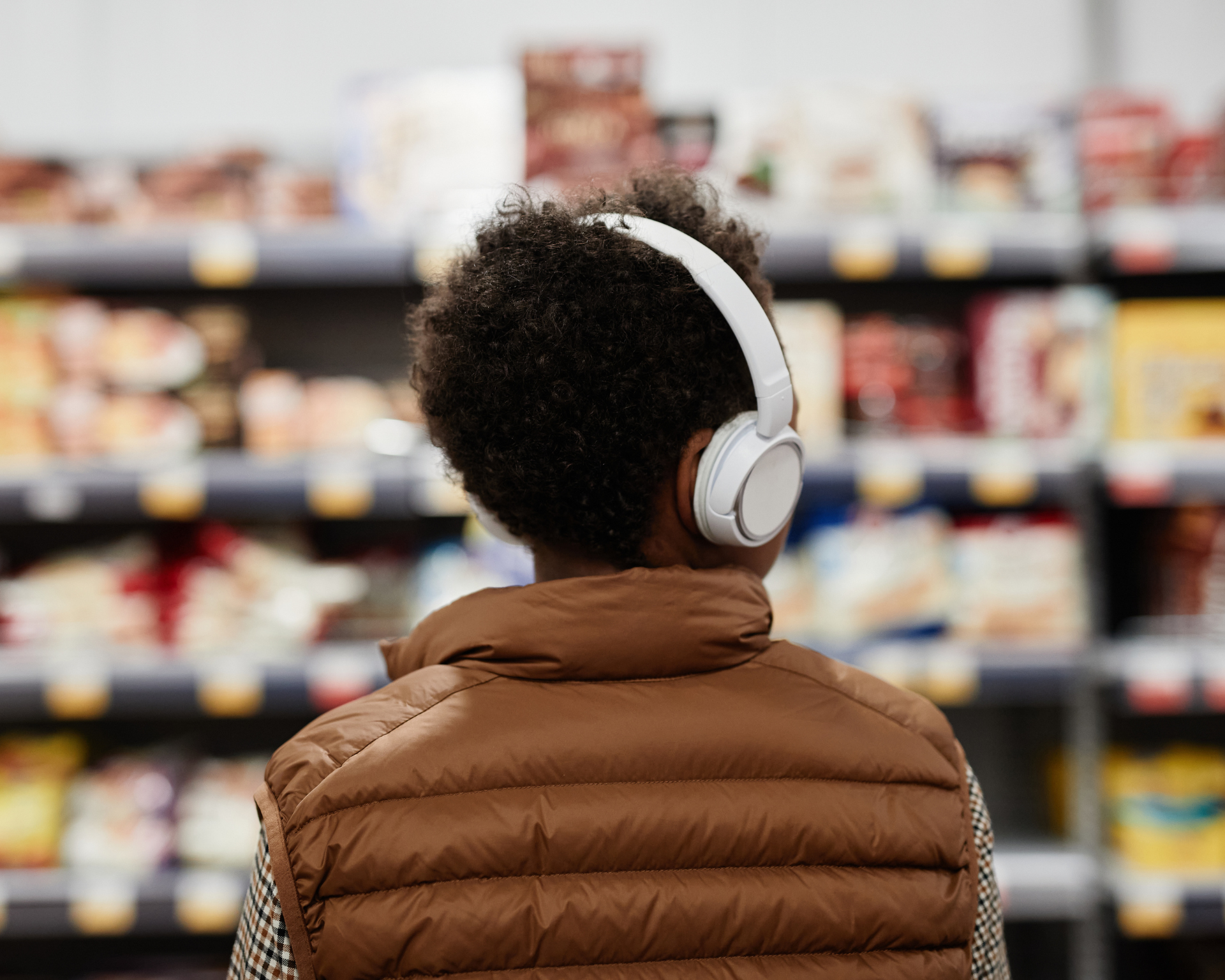How Food Assistance Programs Could Boost Mental Health
Food assistance programs firmly support child development, but their impact on adult mental health depends heavily on context.

Read Time: 4 minutes
Published:
Over 33 million Americans live in food-insecure households. Food insecurity—limited or uncertain access to enough food—isn’t just a nutrition issue. It’s closely tied to mental health, especially for people affected by poverty and structural racism.
Research shows that food insecurity increases the risk of anxiety and depression, particularly during crises like the COVID-19 pandemic. Food assistance programs like the Supplemental Nutrition Assistance Program (SNAP), Special Supplemental Nutrition Program for Women, Infants, and Children (WIC), and the National School Lunch Program are designed to improve access to food for vulnerable populations. They’ve been shown to improve physical health and reduce health care costs—but we know far less about their impact on mental well-being.
Mental health outcomes are largely missing from USDA reports evaluating these programs, which typically examine rates of food insecurity, nutritional aspects of SNAP-approved foods, and economic or environmental factors that influence participation in food assistance programs. Individual studies have found that participation in food assistance programs is sometimes linked to lower psychological distress and depression, especially among caregivers and low-income families. However, differences in how studies were designed—such as taking a snapshot of food assistance participation and mental health at one point in time versus measuring patterns of change over time—make it difficult to draw overall conclusions about food assistance and mental health.
To address this gap, my colleagues and I reviewed and summarized all the best available studies to get a clear, big-picture view of what scientists have found so far. We systematically reviewed and analyzed research across six major databases. We looked for studies published before June 2024 that examined the relationship between participation in federal assistance programs—primarily SNAP and WIC—and a wide range of mental health outcomes, from depression and psychological distress to children’s cognitive and emotional development. After reviewing more than 2,000 studies, we focused on 21 studies with over 1 million participants to include in our meta-analysis.
Our takeaway? Food assistance programs may be quietly and unintentionally supporting the mental health of millions, but we were missing key information to understand what the evidence shows overall.
Public narratives that shame those who rely on safety nets must give way to a broader understanding of food assistance as a public good.
Across all studies, we found no overall link between food assistance and better or worse mental health. However, food assistance was consistently associated with better developmental outcomes for children—including things like understanding words, being able to calm down after getting upset, and having a lower probability of grade repetition.
Notably, several studies showed that SNAP participation helped buffer the effects of stressors like food insecurity or pandemic-related school closures, particularly in families with children. But stigma, funding cutoffs, and implementation barriers seemed to limit the benefits for some groups, particularly households with multiple children, who may not have as much time to prepare meals from scratch or comparison shop to minimize costs.
In short, food assistance programs decisively support child development. But their impact on adults’ mental health depends heavily on context. We need more long-term studies that follow people over time to better understand who benefits the most and why. What is abundantly clear, however, is that many barriers prevent these programs from fully supporting participants’ well-being. Insufficient money to purchase healthy foods, difficulties with how benefits are accessed, and persistent social stigma all limit the potential mental health benefits of food assistance.
To improve the reach and effectiveness of SNAP and WIC, we need not only better funding and study design but also a shift in how food assistance is perceived. Public narratives that shame those who rely on safety nets must give way to a broader understanding of food assistance as a public good. Better data, including studies that track individuals over time and consider the amount and duration of benefits received, will also be essential. If we want food assistance to truly support health—not just hunger relief—we must critically evaluate how these programs function and who they serve.



